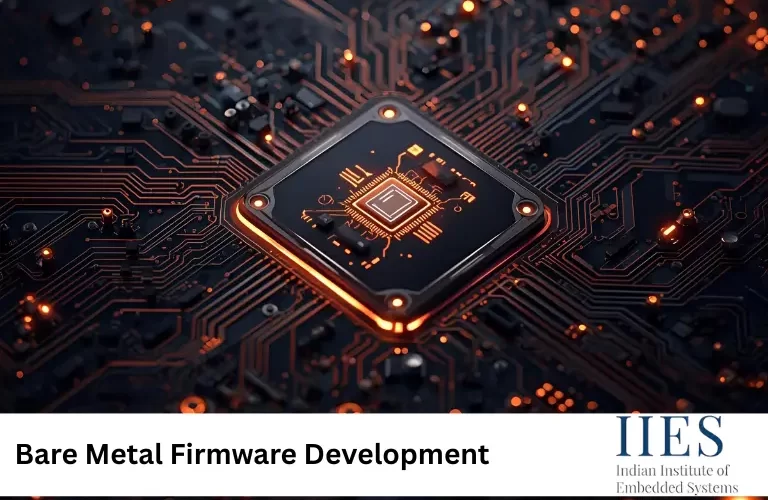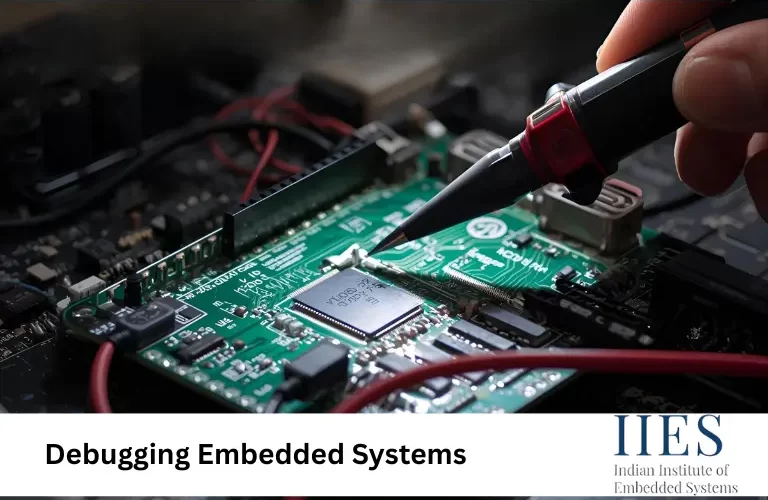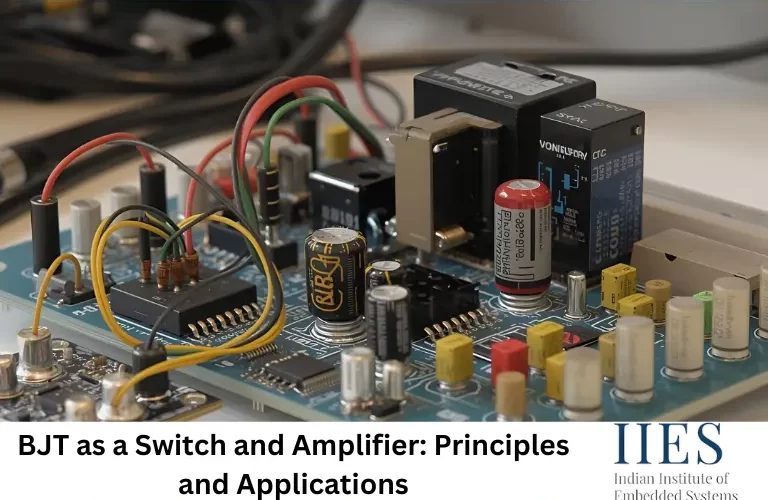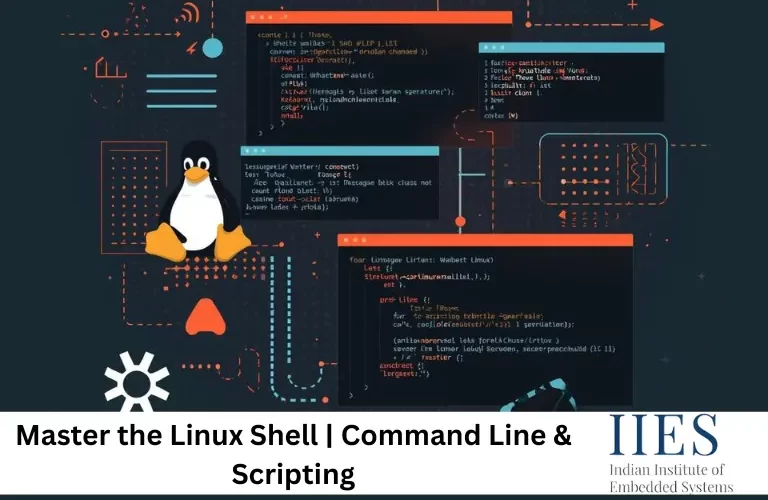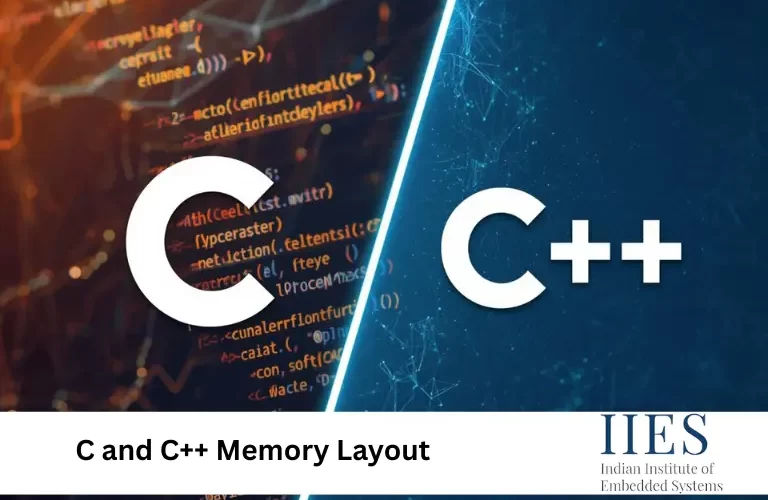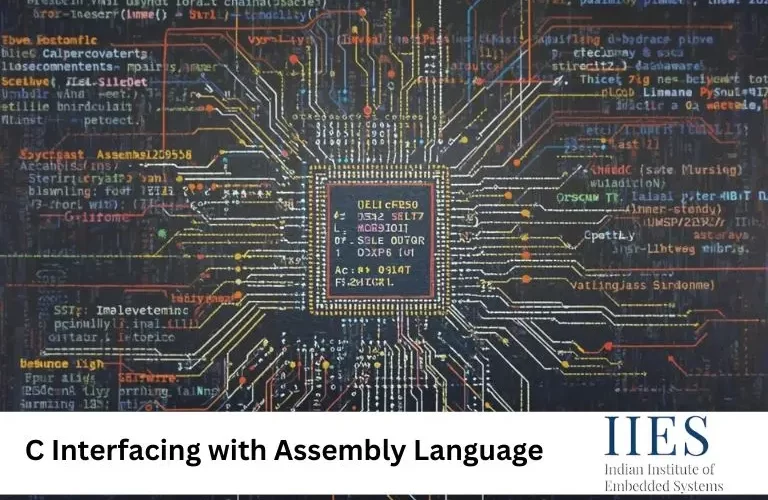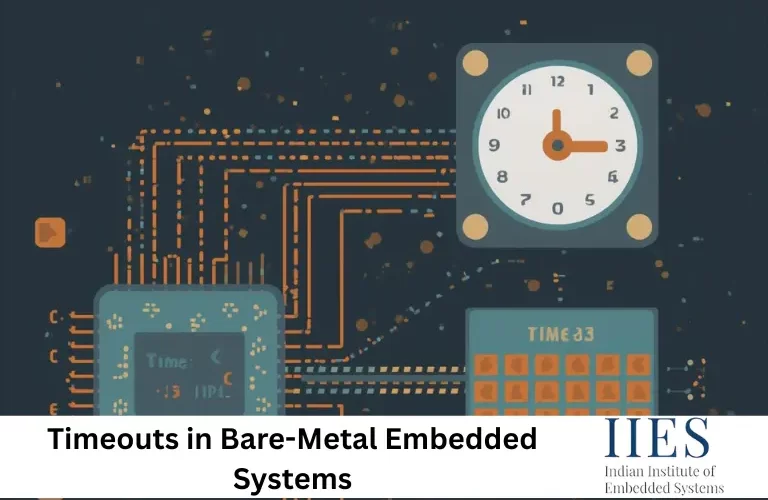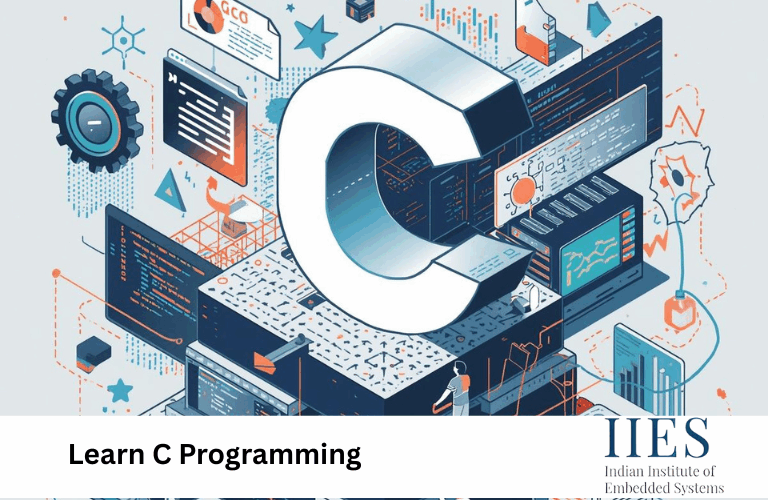Automotive Embedded Systems – Complete Guide for Modern Vehicle Innovation Automotive Embedded Systems have become the digital backbone of modern vehicles, transforming traditional automobiles into intelligent, software-centric machines. In a world where mobility is rapidly evolving, embedded electronics ensure safety, connectivity, performance, and autonomous intelligence …
Read more
ISR Latency – Complete Guide to Ultra-Fast Interrupt Response in Embedded Systems ISR Latency in Embedded Systems is a critical performance factor in real-time applications where every microsecond matters. Unlike general-purpose systems, real-time embedded designs must guarantee predictable interrupt response to ensure system stability and …
Read more
Bare Metal Programming Made Easy: Beginner Roadmap Bare Metal Firmware Development plays a crucial role in bare metal embedded systems, especially when working with custom ASICs. Unlike typical microcontrollers that provide built-in libraries, predefined memory maps, and vendor-supported tools, a custom ASIC offers none of …
Read more
Debugging Embedded Systems: Tools & Techniques Debugging Embedded Systems is often more challenging than debugging standard desktop applications. Limited visibility, tight memory, real-time constraints, and strong hardware dependencies make the debugging workflow unique. To debug embedded code effectively, developers must use the right tools, structured …
Read more
BJT Amplifier and Switch: Working, Design & Applications BJT Amplifier & Switch is a fundamental concept in electronics that explains how a single transistor can perform both amplification and switching operations. By controlling current flow through its terminals, a BJT can boost weak signals or …
Read more
Linux Shell Explained – The Real Engine Behind the Command Line Linux Shell is the command-line interface that connects users directly to the core of the Linux operating system. It interprets user commands, executes them through the kernel, and displays the output. Unlike graphical interfaces, …
Read more
C and Assembly Language Interfacing Explained In modern computing, C and Assembly Language form one of the most powerful combinations in programming. C provides structure and readability, while Assembly offers precise control over hardware. When you use Assembly within C, you combine the flexibility of …
Read more
Driver Timeout in Embedded Systems: Mastering Bare Metal Timeouts In embedded systems, timing plays a crucial role. Whether you are sending bytes over UART, transferring data through I2C, or synchronizing using SPI, a stalled communication can freeze your entire firmware. This is where the concept …
Read more



